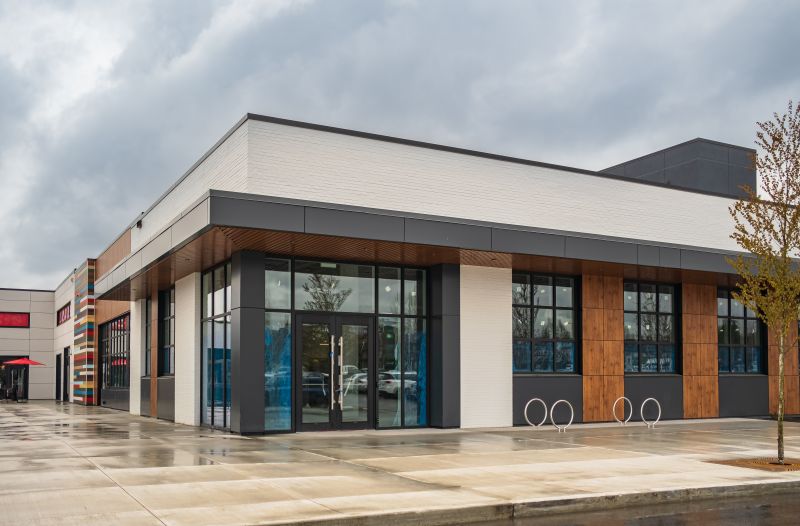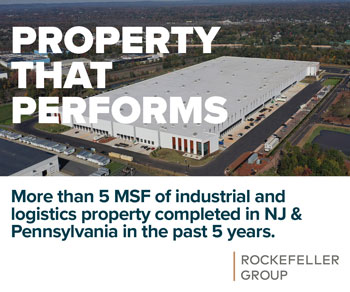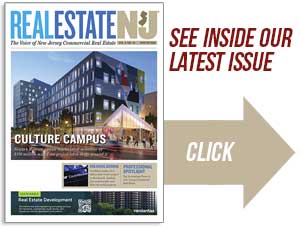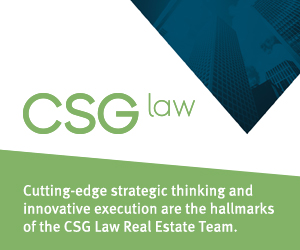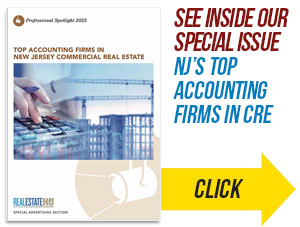By Adriana M. Peters and Hannah E. Duus
 Today, many people browse online, and their favorite shopping center (if it still exists) may be struggling to backfill vacant space. With once-popular retailers downsizing or ceasing to exist altogether, owners of retail centers need to consider substitutes for traditional retailers to maintain occupancy, and “alternative retail” operators can be the solution to vacancy concerns.
Today, many people browse online, and their favorite shopping center (if it still exists) may be struggling to backfill vacant space. With once-popular retailers downsizing or ceasing to exist altogether, owners of retail centers need to consider substitutes for traditional retailers to maintain occupancy, and “alternative retail” operators can be the solution to vacancy concerns.
Alternative retail typically refers to those tenants primarily offering services or experiences, rather than goods for sale. Your favorite fitness center, the indoor trampoline park and the new restaurant concept with outdoor seating are some examples of the alternative retail tenants leasing spaces once occupied by popular retailers such as Big Lots and Bed Bath & Beyond.
Landlords need to take into consideration factors which are not typically a concern when leasing to clothing or other dry goods retailers. A landlord’s failure to account for the differences needed in lease agreements with an alternative retailer could create operational issues for a landlord’s shopping center and pose problems with co-tenants, adjacent property owners and local government. This article raises issues that a landlord should consider for some of the more popular alternative retailer uses.
Restaurant tenants
Restaurants often help drive traffic to a shopping center. Where a shopping center or mall once had smaller quick-service food offerings, full-service restaurants are leasing spaces once considered prime space for traditional retailers. Food and beverage uses require different infrastructure than traditional retail stores, including fire suppression systems, grease traps, ventilation systems and increased HVAC and utility services. The lease should address which of the foregoing are required for a tenant’s operation and assign responsibility for their installation, maintenance and repair. Given that restaurants also produce more trash than an average tenant, and may emit strong food odors, landlords will want to ensure that the lease includes requirements for trash storage and removal, pest control treatment and odor mitigation, if needed.
Fitness centers
Between large gyms offering a variety of equipment and classes, to smaller, targeted fitness users like yoga, Pilates and boutique training studios, fitness centers have created a use for both former big-box retail spaces to smaller in-line shopping center spaces. Regardless of size and services offered, fitness center leases need to address structural concerns for the space. Fitness spaces need to withstand heavy, regular use. Landlords need to ensure that the floor load can tolerate the equipment’s weight, and the lease should provide for installation of additional structural supports, if needed, for equipment affixed to the premises. Humidity control for fitness space is often overlooked. Condensation and lingering humidity can damage walls, doors, window and door frames, and perhaps more concerning, cause mold growth. Landlords can require humidity monitors, dehumidifiers, vapor barriers and other humidity and mold mitigation measures to address these issues.
Experiential tenants
The “experiential tenant” category can cover everything from theaters and indoor amusement parks to pickleball courts and golf simulators. Like fitness centers, structural integrity supporting the use is essential. However, safety becomes a priority when tenants provide potentially dangerous activities. Landlords will want to ensure tenants meet and maintain safety standards and employee training requirements. Landlords should reserve the right to implement additional safety standards if required by their insurance carrier, and have the right to inspect the experiential tenant’s operation to ensure compliance.
Other considerations
Parking: Alternative retail customers tend to utilize parking spaces for longer periods than traditional retail customers. If parking is limited at the shopping center, landlords can restrict customer parking to certain areas, certain times or, for restaurants, require valet service.
Noise: Sound mitigation measures for music, vibrations and other noise heard or felt outside the premises should be considered and implemented. Even in a single-tenant building, landlords should require tenants to comply with noise ordinances, especially when the building is close to residential neighbors inclined to complain if, for example, a restaurant’s music is too loud.
Restrictions and zoning: In-place leases may contain restrictions that limit alternative retail uses to maintain parking availability or a favorable tenant mix. Landlords should avoid inadvertently violating restrictions in current leases. Additionally, landlords will want to ensure that the use is permitted per zoning, and if not, determine which party is obtaining use approvals.
Adriana M. Peters is a member of the firm’s Real Estate Group. She brings more than 20 years of in-house and private experience directing legal efforts with regard to real estate development, construction and finance — and is a trusted advisor to local, regional and national landlords and tenants on commercial leasing matters spanning all asset types. She can be reached at [email protected] or 973-530-2090.
Hannah E. Duus is an associate with the firm’s Real Estate Group. She can be reached at [email protected] or 973-530-2319.

